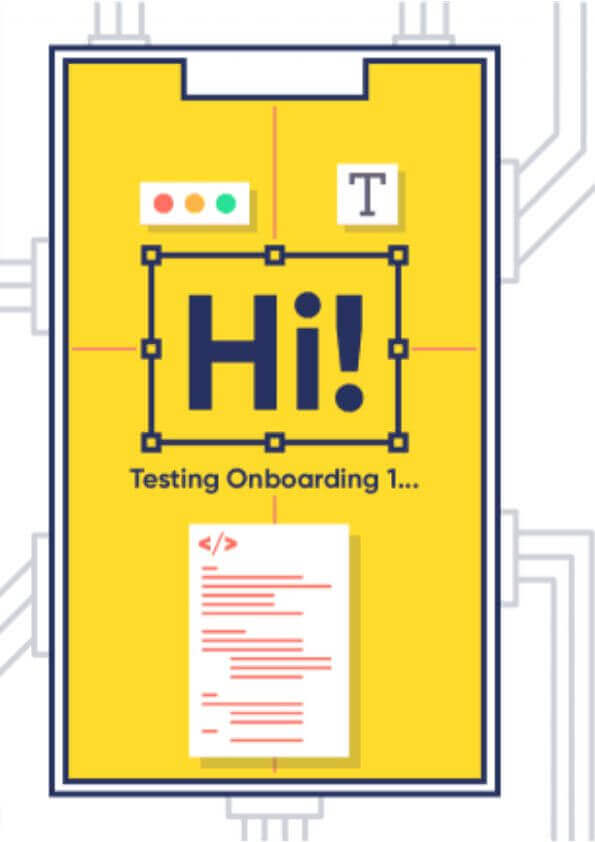As dieting trends come and go, user retention in the digital space can be tricky. How can an app retain its customer base under the constant threat of a newer, more effective system coming along and threatening its USP?
Not a problem for Tobias Boerner, Co-Founder and CEO of Fastic, an intermittent fasting app which (ironically) has shown massive growth. Though Boerner has been fasting since 2019, his app has done the opposite, reaching over 26 million users worldwide.
Our host Peggy Anne Salz talks with Boerner on the techniques he used to establish Fastic as the world’s leading intermittent fasting app in this The Big Leap episode and looks at how he perfects personalization to reach a customer app rating of 92%.
Every Customer Should Be Their Own Use Case
As someone who makes use of intermittent fasting, Boerner is familiar with watching his figure. But it’s the 92% app rating figure that really stands out for him. What does Fastic offer that keeps customers coming back for more?
For Boerner, it’s about taking time to know the audience: “It starts with the onboarding, the essential part of the journey of every single customer. We’re asking a lot of health-related, very personal questions about things like sex, weight, height, etc. It’s one of the important pillars at Fastic, to have an unusually long onboarding.”
Health apps require trust, and this customer satisfaction helps with Fastic’s acquisition: “It makes user acquisition easier if the brand is strong because there’s trust already on the horizon, which then makes it easier to onboard new people because they feel like they already know you. Then, if you already have trust, this is good, especially if it comes to a paywall.”
The kind of information Fastic needs to be effective for its users is of a personal nature, with every customer wanting a different result, needing a different approach, and coming from a completely different set of circumstances.
Boerner also sees this personalization as part of the onboarding process: “In health and fitness, it’s quite common that you monetize customers very early in the onboarding, within the first few days. Because if you have the chance to create a very personal plan for them, you have to also sell them a subscription, and to make them stick afterwards. It’s then more about the product quality.”
He shares: “In the product, from my point of view, I think every customer should be their own use case. And that means personalization is key.”
Keeping Users Motivated
As with any health app, user retention relies on their motivation — and that can tie directly to their experience within the app. So how does Fastic keep its users coming back, stay on track, and most importantly, log in daily?
Boerner talks about the importance of gamification, offering stars or points to users for their app-based accomplishments: “If you reach a certain amount, let’s say 10, there will be a use-case triggered because the customer did something or reached something, and they’ll get a surprise, or we ask them to give us a review in the App Store, for example.”
Of course, for any subscription-based app, the journey from free to fee is often the trickiest to navigate. For Fastic and Boerner, many of the subscriptions are taken up front, so he’s not shy of making the most of a freemium offering: “I’m a big fan of bringing more people into the game.” He elaborates: “You can play around with the features and you can use them, and then you have to pay if you want to scale this up, if you want to see more or if you want to use more plans. And probably in the near future, we will also combine it more with ad monetization and rewarded ads and so on, to bring even more people into our new amazing features, which is not only available for premium customers.”
The Trick to Retention
Boerner has a practical approach to growth through retention, and sees the difficulties in making a lasting impact: “Sometimes you have to accept that you cannot outperform the market by 10x. I think it’s a good approach to look to the left and to the right, look at benchmark data, what is possible to get, and where you are, and focus on your strengths.”
For Boerner, there’s no golden rule. It’s all about learning and evolving: “Our approach is always to be very open minded to try out a lot of things. We try out a lot of things in the beginning, and to just follow the behavior of the customer, and to understand that very well. And then go beyond that.”
To hear the full story from Boerner and learn more about Fastic’s growth strategies, listen to this episode of The Big Leap below:

The Art of Onboarding Mobile App Users
Subharun Mukherjee 
Heads Cross-Functional Marketing.Expert in SaaS Product Marketing, CX & GTM strategies.
Free Customer Engagement Guides
Join our newsletter for actionable tips and proven strategies to grow your business and engage your customers.














































